On August 25, the Department of Culture, Sports and Tourism of Gia Lai province coordinated with the Southern Institute of Social Sciences to organize a workshop on Researching the value and orientation for preserving and promoting the value of the Truong Luy relic in Gia Lai province, and at the same time reported the preliminary results of archaeological excavation of this relic.
According to Mr. Huynh Van Loi, Deputy Director of the Department of Culture, Sports and Tourism of Gia Lai province, Truong Luy is a complex relic system including ramparts, ancient roads, moats and a system of forts/fortresses.
The entire route is about 127km long from Quang Ngai to old Binh Dinh (now Gia Lai ). Of which, the section passing through Gia Lai is 14.4km long, but some researchers also estimate it to be about 19km long.

Mr. Huynh Van Loi, Deputy Director of the Department of Culture, Sports and Tourism of Gia Lai province, spoke at the workshop (Photo: Doan Cong).
Historical records show that the Great Wall was formed in the 16th century with a system of forts and fortresses. During the Nguyen Lords' time, especially under the Nguyen Dynasty in 1819 when Left General Le Van Duyet commanded the construction, the project was completed on a large scale.
The results of excavations last June at sites such as Dong Ham, H4, and An Quang (Gia Lai) showed that the construction techniques were very creative and highly adaptable. The main materials were earth and stone, some sections were completely made of stone, some sections were combined with earth inside and stone embankments outside. Some of the forts had traces of entrances and guard towers at the corners of the walls.
Mr. Loi said that the Truong Luy relic with its great stature and multifaceted value has been compared by researchers to a "Great Wall" of Central Vietnam.
Researchers survey Cua Don, An Hoa commune, Gia Lai province (Photo: Thanh Tra).
Dr. Nguyen Khanh Trung Kien, Deputy Director of the Institute of Social Sciences of the Southern Region (Vietnam Academy of Social Sciences), said that the Gia Lai Province Wall is a special rampart structure, with a range of more than 120km from the old Tra Bong district (Quang Ngai) to the old An Lao district (Gia Lai), running along the eastern slope of the Truong Son mountain range in the North-South direction.
The structure was built mainly of earth and stone, serving as a large-scale defense system, formed during the Nguyen Lords' time and completed under the reign of King Gia Long.
However, recent scientific archaeological results and ethnographic investigations show that the process of forming the Great Wall may have begun earlier, lasting from the beginning of the 17th century.
Dr. Kien affirmed that this workshop reaffirms and clarifies the great value of the Gia Lai Citadel relic in many aspects. This is not just a simple military defense project but a testament to the strategic thinking of our ancestors in managing the border area and protecting national security.

Dr. Nguyen Khanh Trung Kien, Deputy Director of the Southern Institute of Social Sciences, reported preliminary results of archaeological excavations at the Truong Luy Gia Lai relic site (Photo: Doan Cong).
Sharing the same view, Dr. Huynh Van Phuc, Southern Institute of Social Sciences, also said that Truong Luy was built with the main purpose of maintaining social order and security, preventing harassment and looting in mountainous areas and protecting the peaceful life of the people.
At the workshop, researchers also pointed out the urgent task of Gia Lai province, which is to quickly complete the scientific dossier to propose ranking Truong Luy Gia Lai as a national relic. This is the most important legal basis for implementing measures to protect and promote the relic's effectiveness.
Speaking at the workshop, Ms. Nguyen Thi Thanh Lich, Vice Chairwoman of Gia Lai Provincial People's Committee, highly appreciated the initial preliminary studies on Gia Lai Citadel, and acknowledged the recommendations of the researchers, from which the province plans to soon build a dossier to rank the relic.
The 113km-long Long Luy section of Quang Ngai province, passing through the areas of Tra Bong, Son Tinh, Son Ha, Tu Nghia, Minh Long, Nghia Hanh, Ba To, Duc Pho, was ranked as a national monument by the Ministry of Culture, Sports and Tourism on March 9, 2011.
Source: https://dantri.com.vn/du-lich/giai-ma-truong-luy-vi-nhu-van-ly-truong-thanh-cua-mien-trung-viet-nam-20250825163023285.htm




![[Photo] Multi-colored cultural space at the Exhibition "80 years of the journey of Independence - Freedom - Happiness"](https://vphoto.vietnam.vn/thumb/1200x675/vietnam/resource/IMAGE/2025/8/26/fe69de34803e4ac1bf88ce49813d95d8)

![[Photo] Prime Minister Pham Minh Chinh chairs meeting of National Steering Committee on International Integration](https://vphoto.vietnam.vn/thumb/1200x675/vietnam/resource/IMAGE/2025/8/26/9d34a506f9fb42ac90a48179fc89abb3)

![[Photo] Prime Minister Pham Minh Chinh receives CEO of Samsung Electronics](https://vphoto.vietnam.vn/thumb/1200x675/vietnam/resource/IMAGE/2025/8/26/373f5db99f704e6eb1321c787485c3c2)
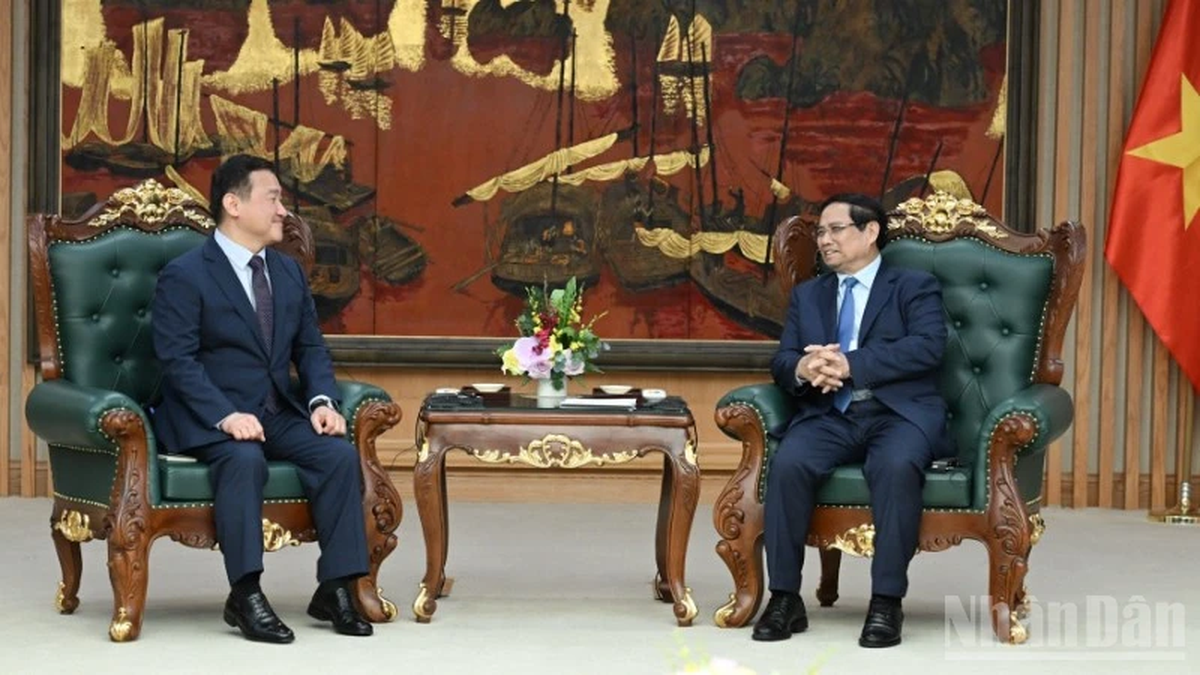
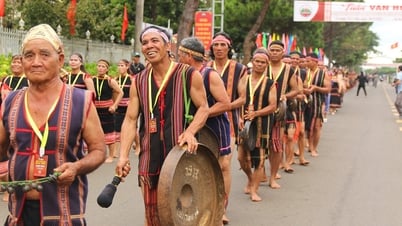



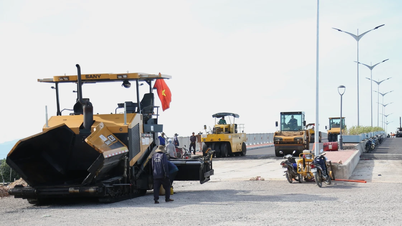
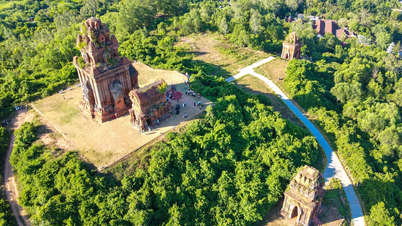

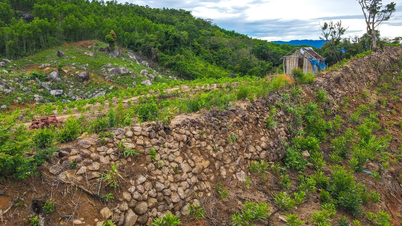




















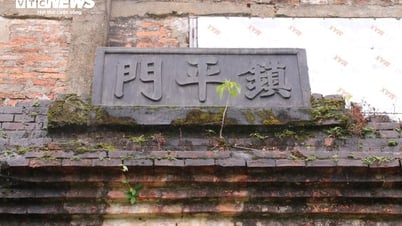

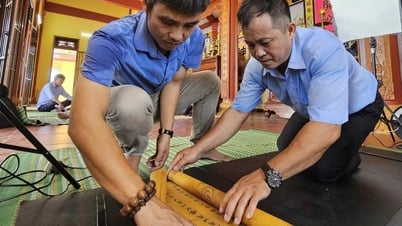


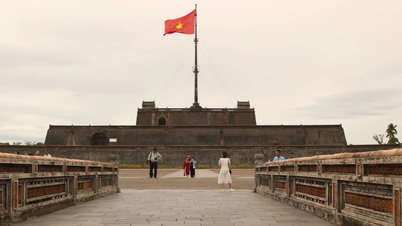

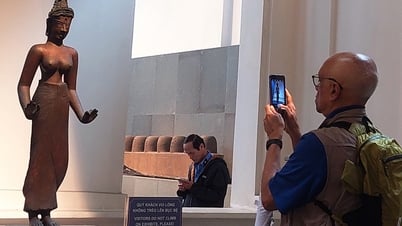








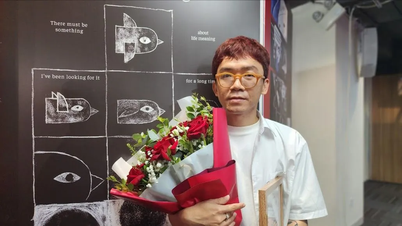









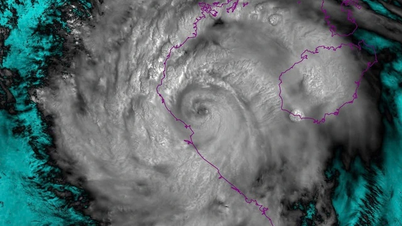


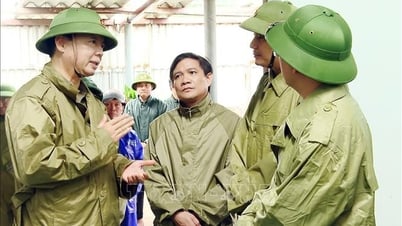








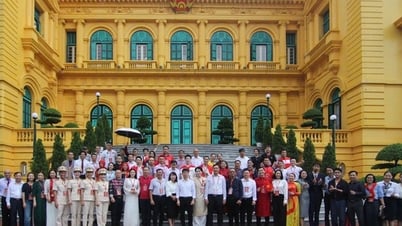






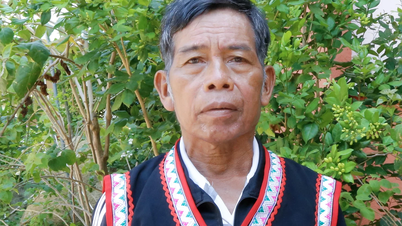


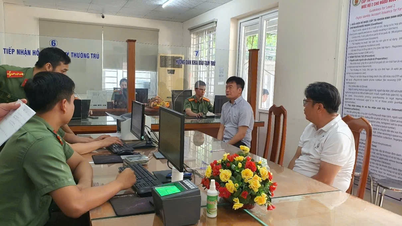













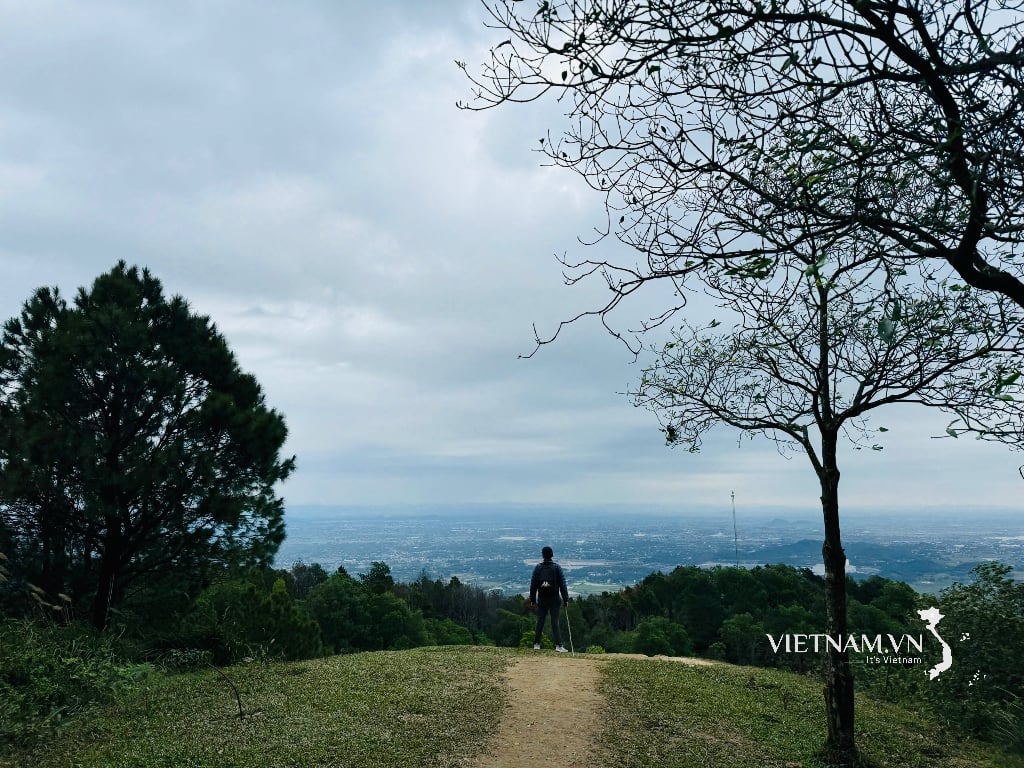

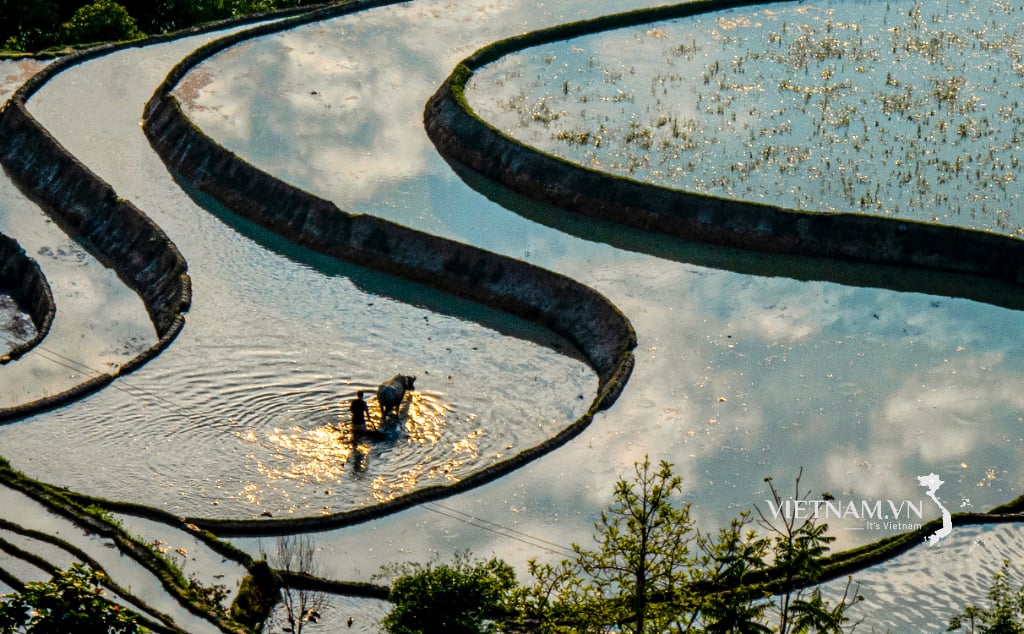
Comment (0)